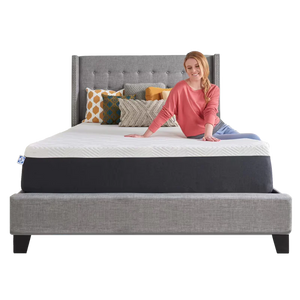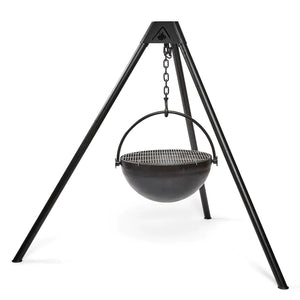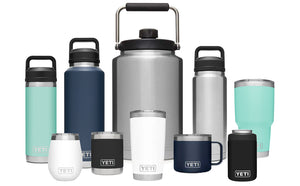EXPLAINED: How Many Kwh Does a Dryer Use?
Electric clothes dryers use anywhere from 1800 to 5000 watts of energy, on average, dependent on the load and cycle configurations. This equates to about 1.8 to 5 kWh of electricity.
Whirlpool dryers typically require 2100 watts of energy.
If you’re interested in lowering your energy bill, a good first step is to understand how much electricity your home appliances, like your dryer, use. By knowing how to calculate your dryer’s energy usage, you can take steps to adjust as needed.
This article will outline how kWh is measured, how to go about calculating your own usage and offer a few helpful tips aimed at reducing your dryer’s energy consumption.
How is your Dryer Energy Usage Measured?
A kilowatt hour (kWh) is a measure of the energy used by an electrical device over the course of a period of time. It equals the amount of energy you would use if you were to keep a 1,000 watt appliance running for an hour. Kilowatt hours serve two purposes: it is used to measure your electricity usage (or consumption) and to calculate your electricity bill.
To better grasp your kilowatt-hour consumption, consider the following:
1) How many watts an electrical device draws
2) How often do you use the device
To calculate kWh, multiply the wattage of a device by the number of hours that you estimate it will be used for, and then divide by 1,000. For instance, a 100-watt incandescent bulb that is turned on for 10 hours, will consume 1 kWh of electricity.
Calculating Your Usage
To learn what the estimated annual and lifetime cost would be for a dryer with its specific wattage, use this calculator and comparison tool courtesy of the Natural Resources Canada. If you already know the watts and want to calculate the energy used and cost per hour of electric drying, follow these steps:
Step 1
Divide the wattage by 1,000 to get the kWh.
Step 2
Multiply that kWh by the cost per kilowatt hour of electricity in your area.
Step 3
If your dryer load takes an hour to run, this is the energy used and cost on a per load basis.
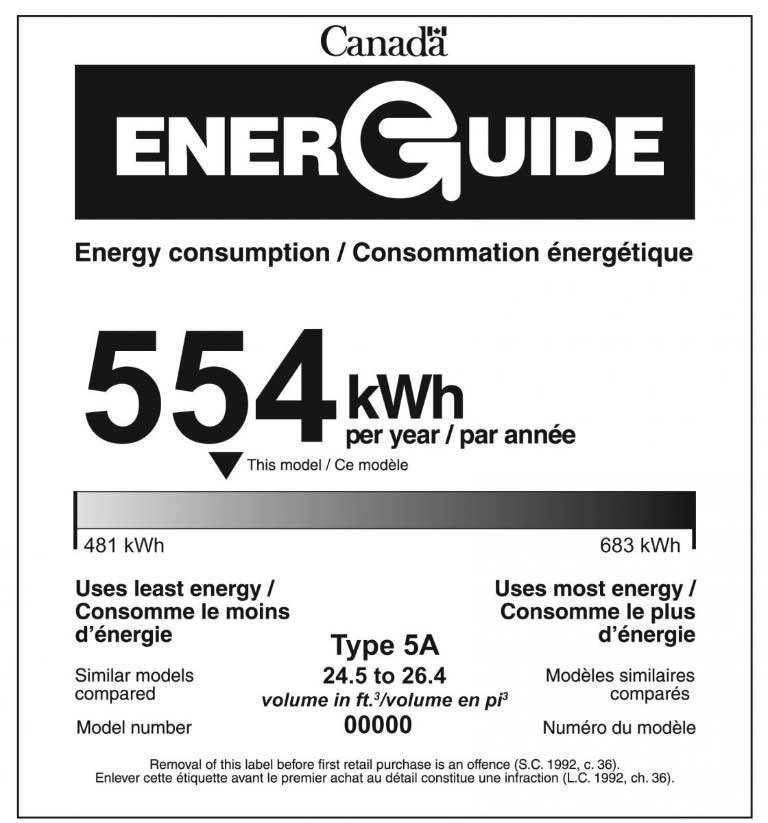
Refer to the Owner’s Manual or the serial tag on your machine to learn the wattage of your dryer. You can also find the kWh per year for your dryer on the EnerGuide label offered by the Government of Canada. This usually accompanies the literature package that comes with your machine.

Only use the cost per hour of electricity in your area. You can find this information on your utility bill.
Tips to Reduce Your Dryer's Energy Consumption
These tips may help you lower how much energy your dryer uses.
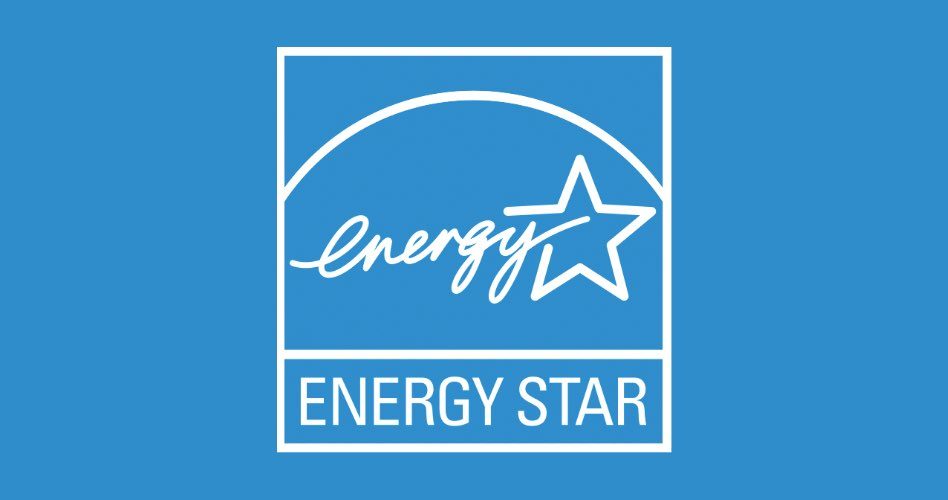
ENERGY STAR®
Look for ENERGY STAR® certified dryers. These units exceed the standards provided by the government to help conserve natural resources. They can also help lower your utility bills. An ENERGY STAR® certified clothes dryer uses an average of 20% less energy than a standard model.
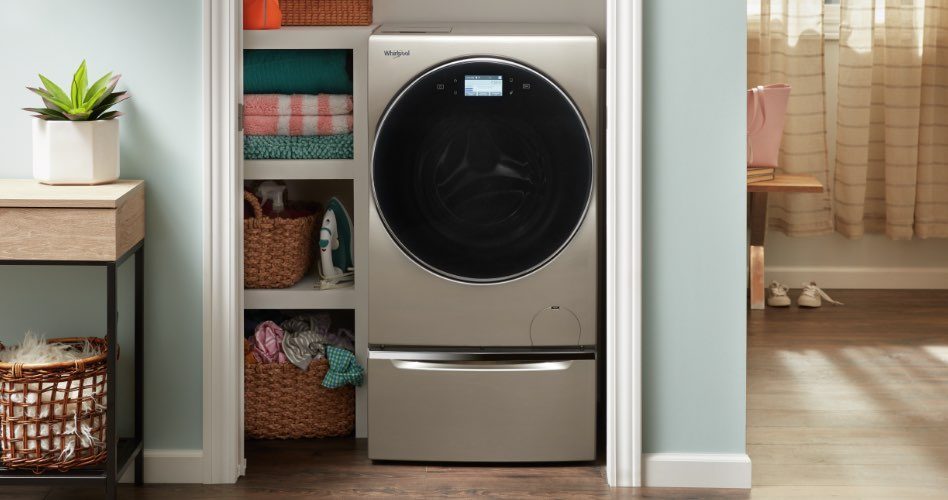
Ventless Dryers
These laundry appliances do not need a hookup to an exhaust vent and are considered to be more energy efficient. Ventless dryers can be either “heat pump” or “condensing”. Heat Pump dryers are typically adept at cutting down on energy by recycling the air to dry clothes and using lower temperatures. A condensing dryer leverages water condensation drying technologies to dry clothes. Remember that dry times with this technology may be slightly longer than a standard vented dryer.
Whirlpool offers an array of ventless dryers that are energy efficient, helping you save money over time.
Peruse our top picks:
1) 7.4 cu.ft Front Load Heat Pump Dryer YWHD560CHW
2) 3.2 cu.ft I.E.C. Smart All-In-One Washer and Dryer YWFC8090GX
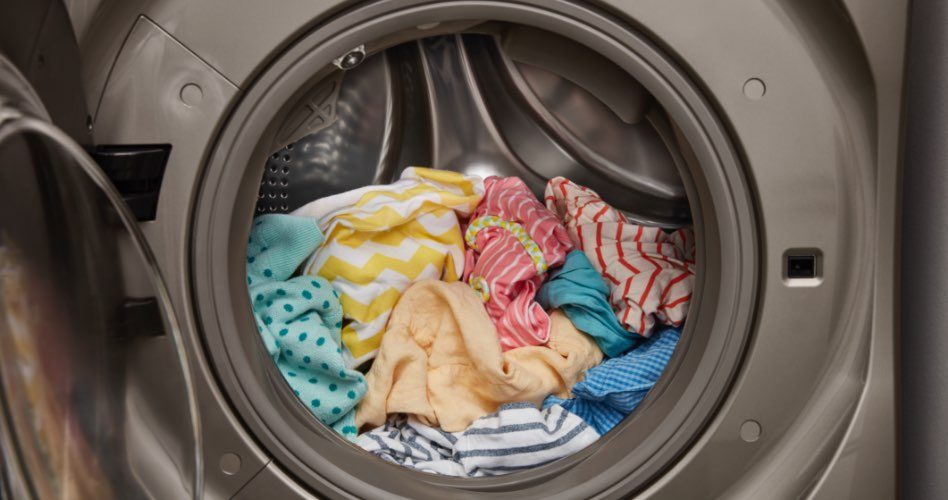
Always Dry Full Loads
Air circulation can be a contributing factor to proper drying. Always dry full loads but make sure not to overload the dryer.
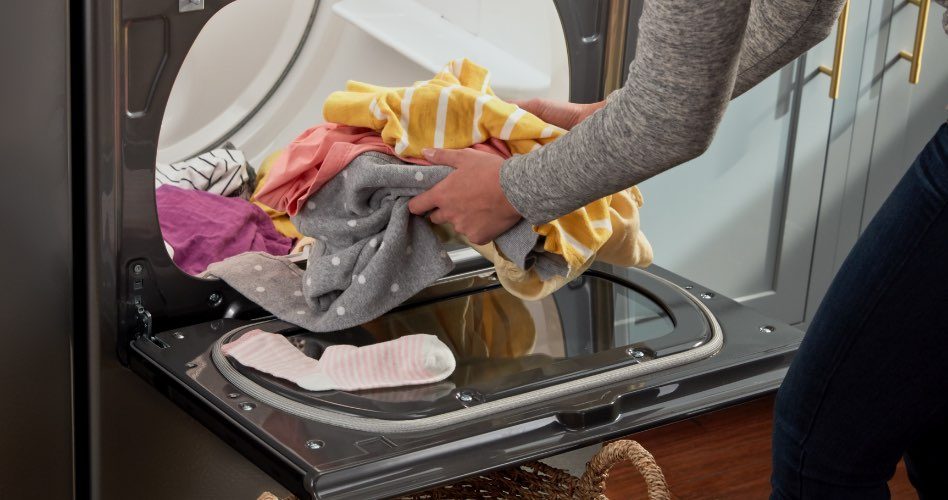
Dry loads in succession
Dry loads in succession to leverage the leftover heat in the dryer.
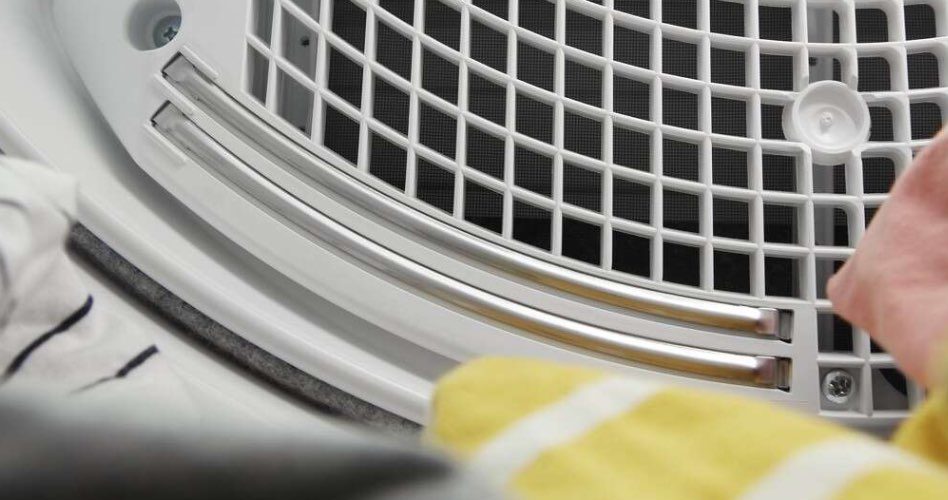
Use Moisture-sensing Settings
If available on your model, use moisture-sensing settings as these can prevent a known energy waster, over drying. Select Whirlpool dryers have an Advanced Moisture Sensing feature to help prevent clothes from overdrying. It works via three sensors that track moisture and temperature and adapt drying times to end the cycle at just the right time.
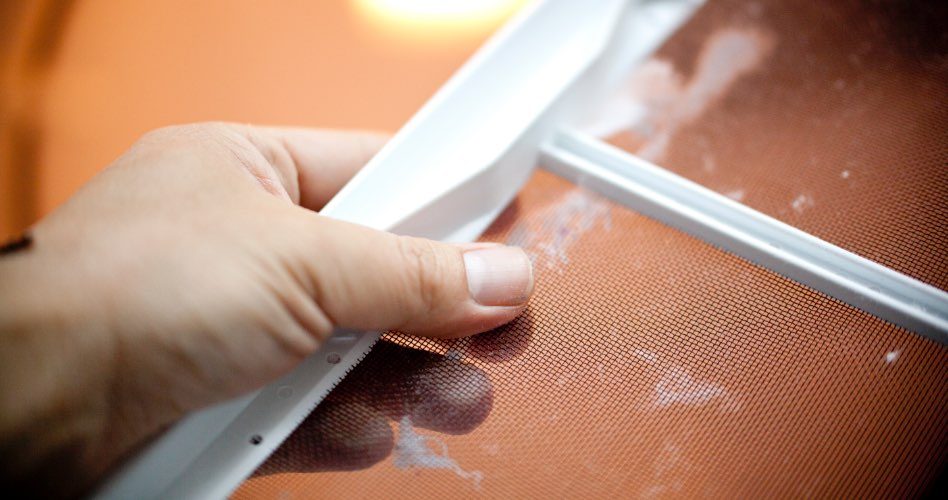
Clean the Dryer Lint Filter
To maintain proper air circulation and heating, clean the dryer lint filter after every single load.
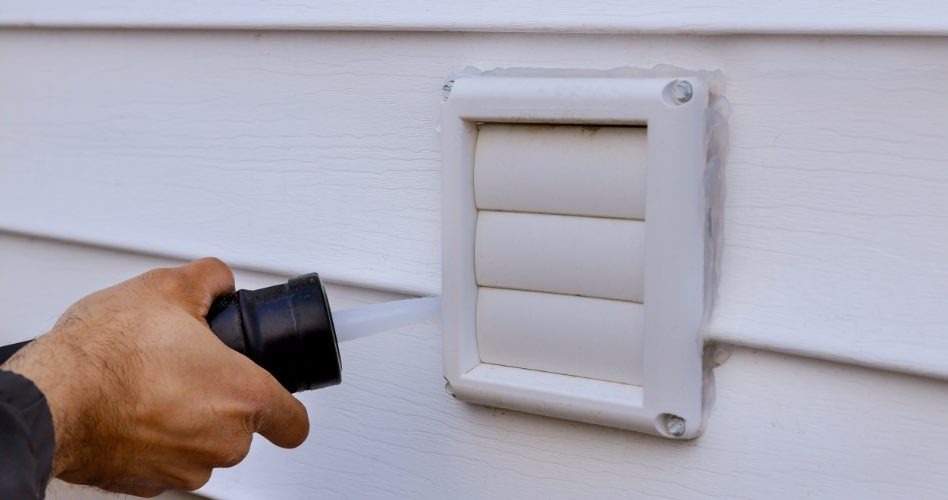
Keep the Outside Exhaust Clean
Keep the outside exhaust clean because with vented dryers, a clogged exhaust can extend drying time and, in the process, use more energy.
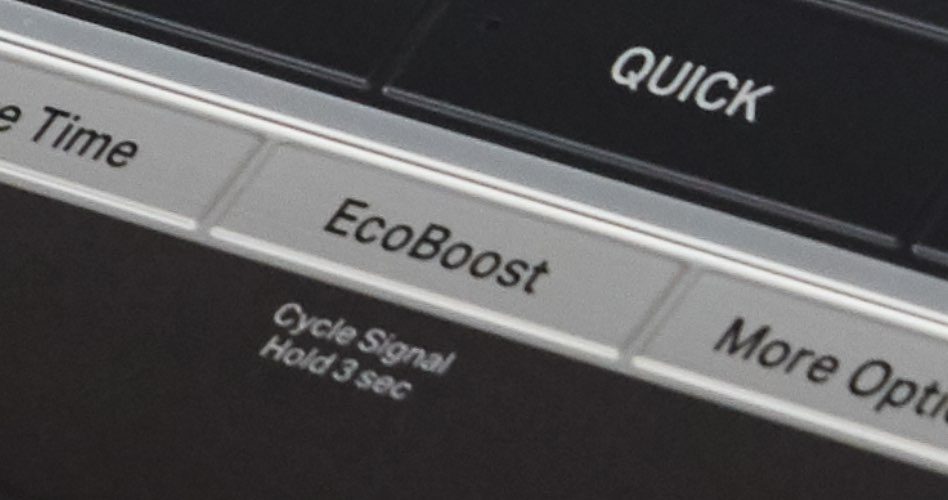
Use the EcoBoost™ Option
Use the EcoBoost™ option on select Whirlpool dryers to use less energy while still getting excellent drying performance1. This feature uses less heat and extended cycle times to increase energy efficiency.
1 Savings may vary by load type.
These tips are useful but they do not apply to every brand and model.



